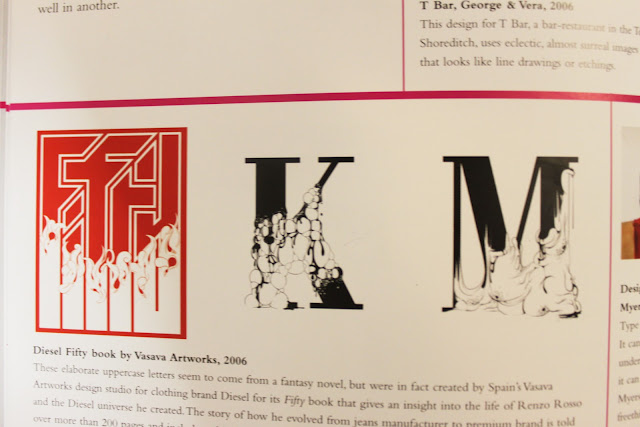The first examples of graffiti actually came from drawings and carvings on cave walls- for example in Lascoux, France
This time was called the Paleolithic period (17300 years old!)
Caricature of a politician. Kilroy/ Chad- World War Two.
Engraving of Kilroy on the World War Two Memorial in Washington DC
Paris May 68 'We Are The Power'
Student riots- During this period, a movement began- Book Paris 68. Civil unrest inspiring Cultural/ Creative Material
1970s New York. Use of spray-can Graffiti.
revolves along the hiphop culture- Announcing a presence and saying 'We will not be ignored.
John Naar. Photographer 1973. He was very good at capturing the culture during this period.
 |
| Here it looks as if this young teenager is paying some sort of community service. |
1977 Manhattan
The death of Samo was in 1979
Neo Expressionist painting
Warhol and BASQUIAT- General electric with waiter 1984
Keith Haring. Radiation Baby 1990
In 1981 he sketched his first chalk drawings on black paper and painted on plastic, metal and random objects that he had found.
POP SHOP which closed in 2005. here he sold t shirts toys and posters. Became a celebrity hangout during his life.
John Fekner- Broken Promises 1980
The Video Game cutlure. 1984 Berlin Wall. The playstation. Communicating on the lack of availability of brands and Technology.
Invadar- French artist born in 1960- First mosaic in mid 1990s Paris- Mosaic tile which has permanency as its waterproof.
Re-emergence of street art. Banksy Kate Moss
Shepard Fairey 2008 OBAMA
Parisian photographer "JR". Taken in the Favelas in Rio 2008
Blu (Italy) and Os Gemeos Lisbon 2010
123 Klan/ Website
Slussy realeased a special artist series collection to clebreate their aniversary
PAUL CURTIS (Moose Reverse Grafitti)
VHILS aka Alexandre Farto (Portugal) London
2008
Faith 7. Amsterdam- Red stickers around the degrees of plaster
Diva (Brooklyn) FEMAL GRAFFITI ARTIST
Art of resistance JR making light of a situation human representations of a people on a wall outside
Style Wars 1983 an early documentary on hip hop culture- made in new york city.
























































